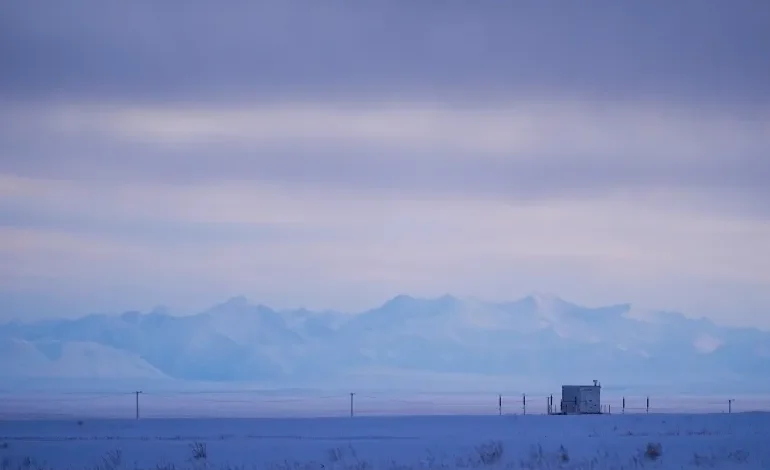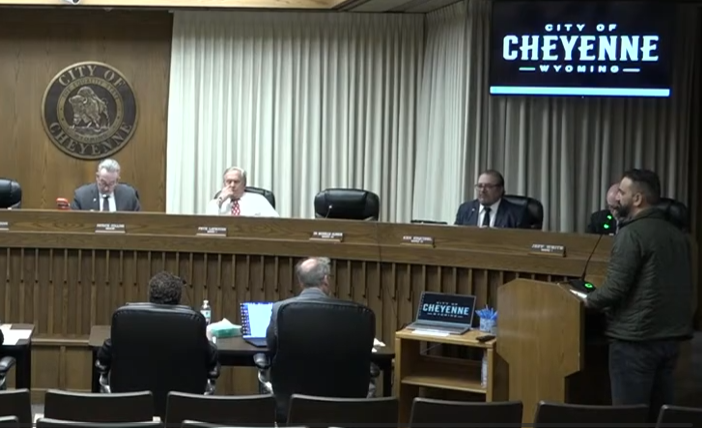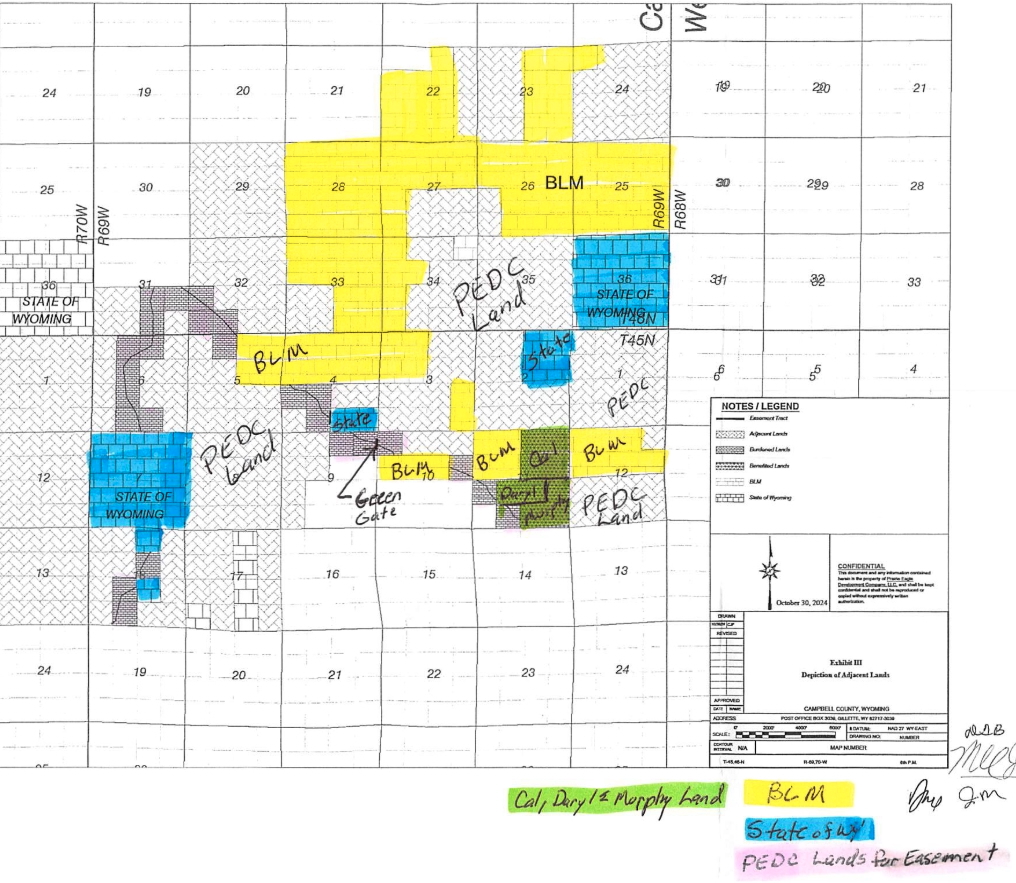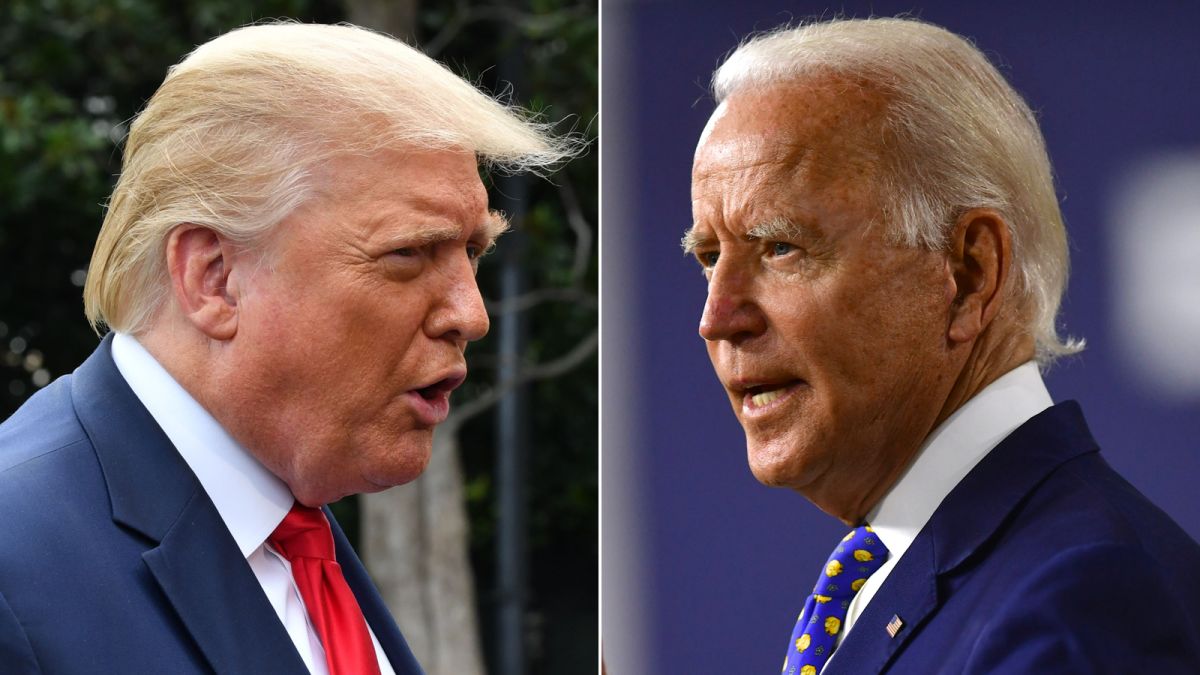Trump Administration Opens Alaska’s Arctic Refuge to Drilling, Igniting Indigenous, Environmental Backlash

The Trump administration has signed off on plans to open parts of Alaska’s Arctic National Wildlife Refuge (ANWR), one of the most protected and contested pieces of land in the United States, to oil and gas drilling, reigniting a decades-long battle between industry, Indigenous groups, and conservationists.
At an event on Thursday, the US Department of the Interior announced that lease sales will go ahead across 1.5 million acres (631,000 hectares) of the refuge’s coastal plain, described as both an untapped energy frontier and sacred Indigenous territory.
Interior Secretary Doug Burgum framed the decision as a win for energy independence:
“From day one, President Trump directed us to unlock Alaska’s energy and resource potential while honouring commitments to the state and local communities,” Burgum said.
He added that by “reopening the Coastal Plain,” the administration was “strengthening energy independence, creating jobs and supporting Alaska’s communities.”
The move fulfills a long-standing Republican promise. A sweeping GOP tax-and-spending bill passed this summer requires at least four lease sales in the area over the next decade, a provision originally inserted during Trump’s first term.
A Broader Push Through Alaska
Burgum also revealed a land exchange deal to build a long-disputed 11-mile gravel road connecting the remote communities of King Cove and Cold Bay, cutting through the Izembek National Wildlife Refuge.
The project, supported by Senator Lisa Murkowski, has been blocked for decades over environmental concerns.
“Nobody’s talking about a multi-lane paved road,” Murkowski told reporters. “It is still an 11-mile, one-lane, gravel, noncommercial-use road.”
Still, conservation groups and tribal leaders vowed to challenge both the road and the new drilling plan in court.









The latest news in your social feeds
Subscribe to our social media platforms to stay tuned